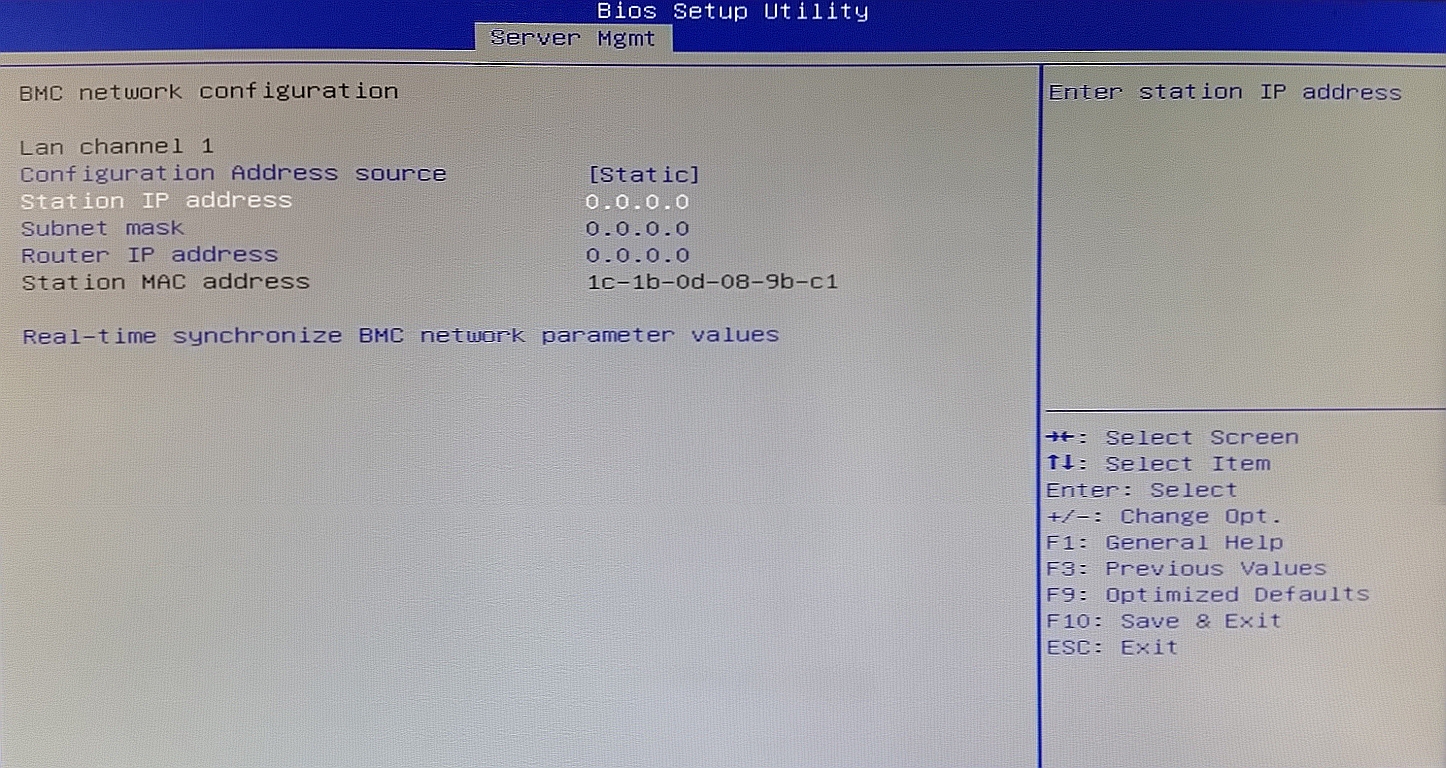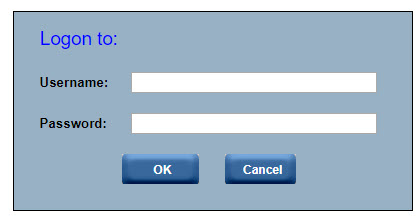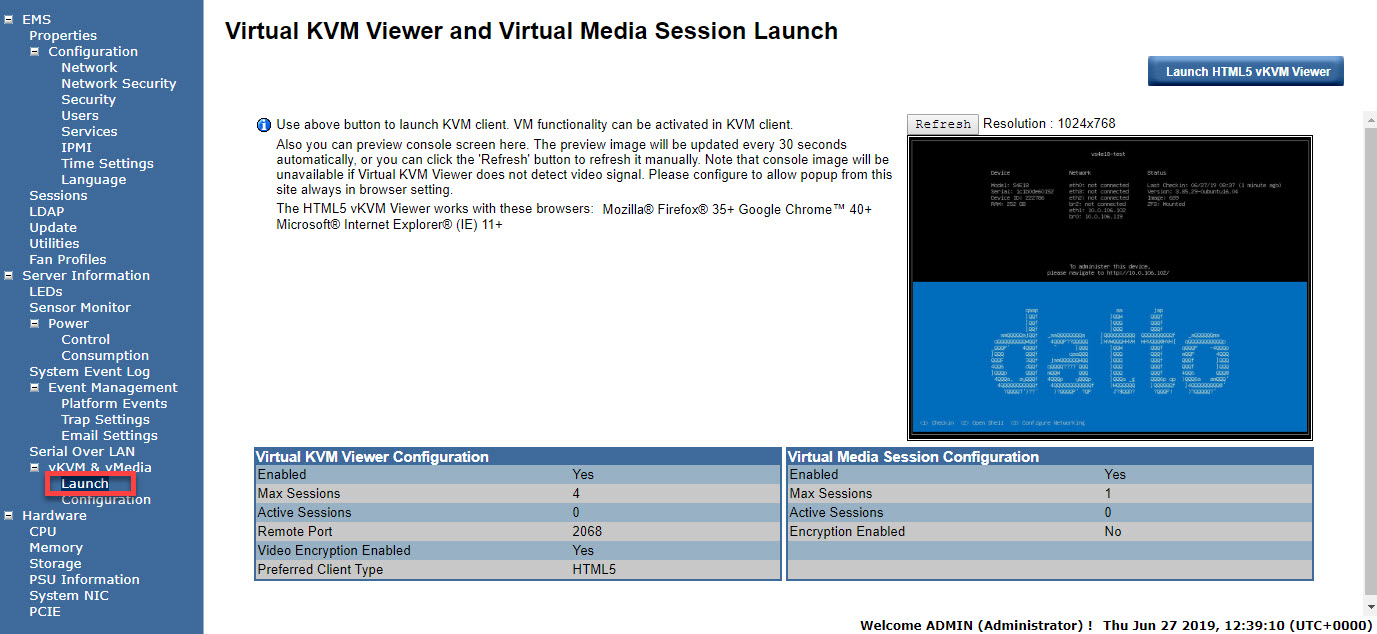IPMI On SIRIS 4 and 4X Enterprise
This article explains how to configure, access, and use the BIOS Setup Utility to access a SIRIS 4 and 4X Enterprise through IPMI. For SIRIS 3 series see IPMI on SIRIS 3 Business and SIRIS 3 Enterprise.
Environment
- Datto SIRIS 4 Enterprise
- Datto SIRIS 4X Enterprise
Description
The IPMI is a standalone management port located on the rear of the Datto appliance and is not part of the LAN array. It is located above the USB ports of these Datto devices:
- Datto NAS Professional
- ALTO XL Professional
- SIRIS Professional and Enterprise
Configuring IPMI
Before you can access your device's management interface, you must configure IPMI networking and administrator passwords through the SIRIS GUI. See the Network Configuration User Interface article for details.
If you are unable to configure IPMI via the GUI, you can perform the following steps.
Set Up the IP Address
To configure IP and MAC addresses, enter the BIOS Setup Utility by pressing F2 on boot.
NOTE If this is your first time configuring IPMI, contact Datto Technical Support for your appliance's BIOS and IPMI passwords.
- Enter the BIOS password. You will then see the main page of the setup utility.
- Select Server Mgmt, and press Enter. From there, select BMC Network Configuration.
- Select Configuration Address source, and press Enter. In this screen, you can change IP settings and toggle Static and DHCP services.

Figure 1: BMC Network Configuration
- Provide a static, reserved IP address for the management console.
- Click F10 to save and exit.
Login to IPMI
Now that you have an IP address defined for the dedicated IPMI port, you can now connect to your appliance to manage it. To connect, follow the steps below.
- Go to a computer that is connected to the same LAN as the Datto device, and open a web browser.
- In the address bar of your web browser, enter the IP address you configured earlier.
- When you see the login page, enter your credentials:
- Contact Datto Technical Support for the username and temporary password
NOTE Your IPMI username can be obtained from Datto Tech Support and will not change, but for enhanced security, the initial IPMI password that you will be given by Datto Technical Support is temporary and will be updated automatically to match the first 16 characters of the backup-admin password for your Datto device. The backup-admin password is automatically rotated every two weeks, and so the IPMI password will rotate as well. For assistance with your IPMI username or password, contact Datto Technical Support.
- You are now remotely logged into the Datto device's management interface. Here you can control power, monitor system health, and add virtual media such as CD, DVD ROM, floppy disk images.
Launching Remote Console
IPMI allows you to launch a remote console session into the Datto appliance. This feature can be accessed via HTML5 or Java. HTML5 is the default setting and requires no additional software.
To launch a session via HTML5, follow these steps:
- Click the Launch button in the vKVM & vMedia category. You will see a preview screen.
- Click the Launch HTML5 vKVM Viewer button.

Figure 5: Launch HTML5 vKVM Viewer
The remote console screen will appear.
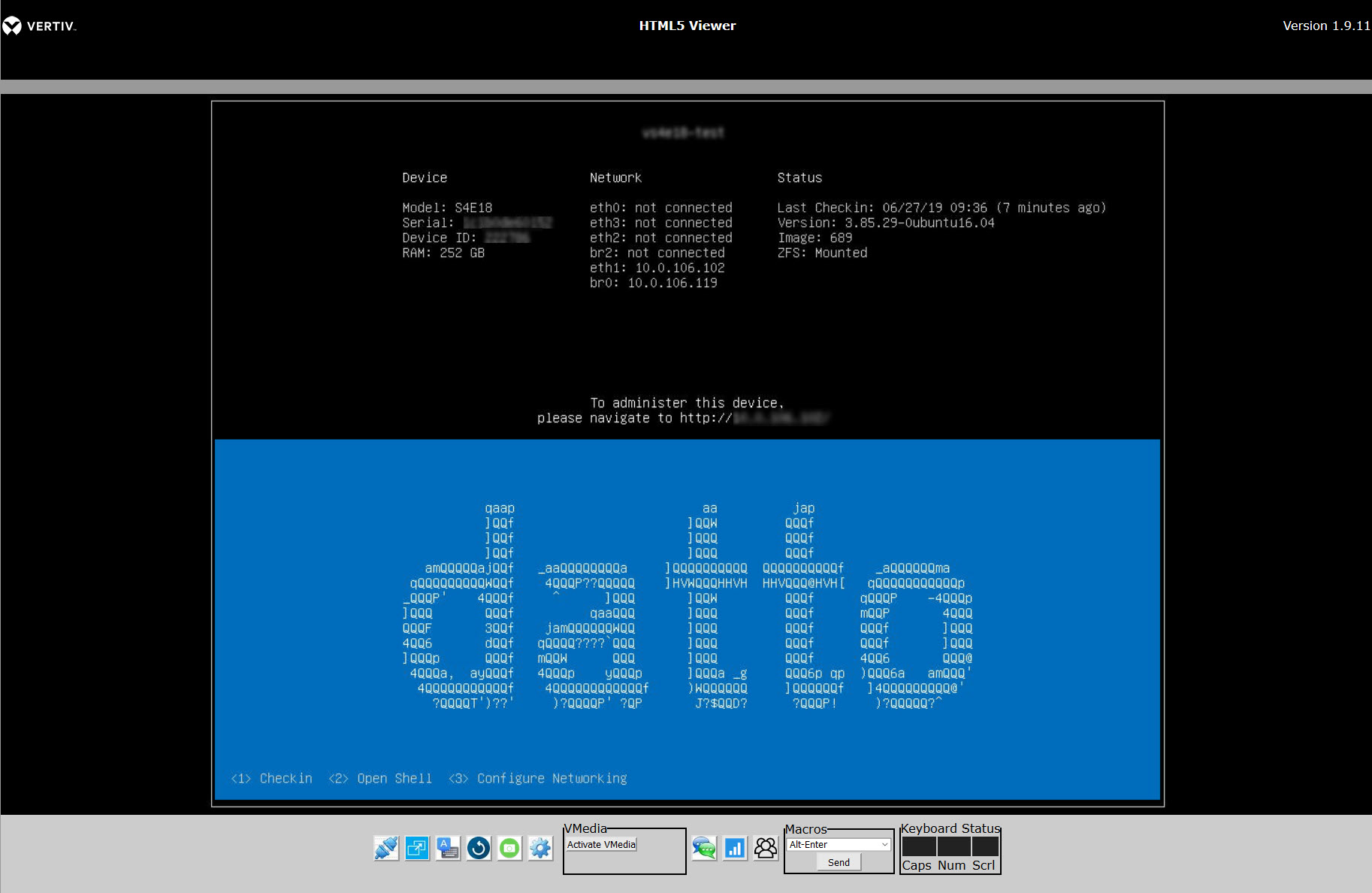
Figure 6: Datto remote console
Control options are located along the bottom of the page. You can log on to the command line interface by pressing 2 on your keyboard and entering your backup-admin password. Datto recommends that only advanced trained personnel use the command line interface. Contact Datto Technical Support for assistance.
To access the remote console via the Java option, the steps are the same, but you must have Java installed on your workstation. You can change the default to JAVA under vKVM & vMedia Configuration.
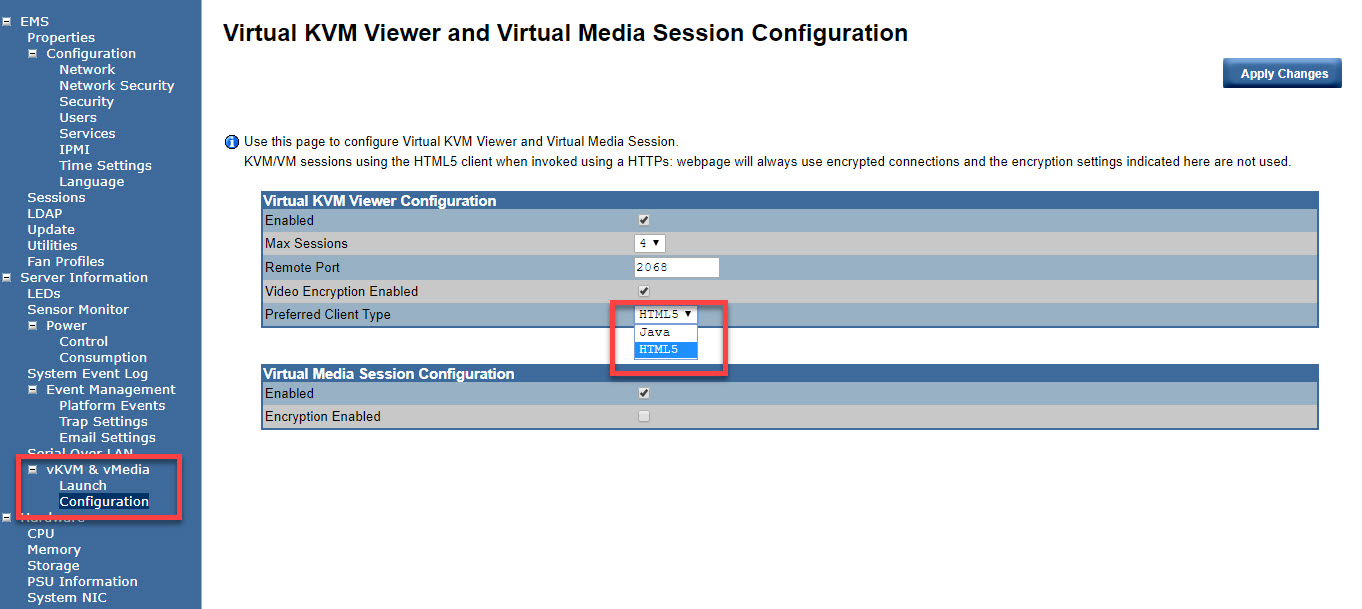
Figure 7: Virtual KVM Viewer Configuration
- When using the Java option, a remote control applet will download. Click Keep (or Save) to download and keep the file.
- Click the viewer.jnlp file to launch the console.
